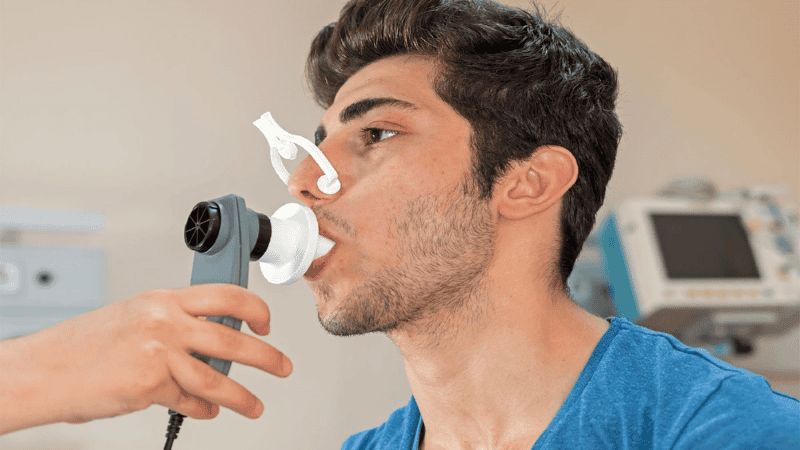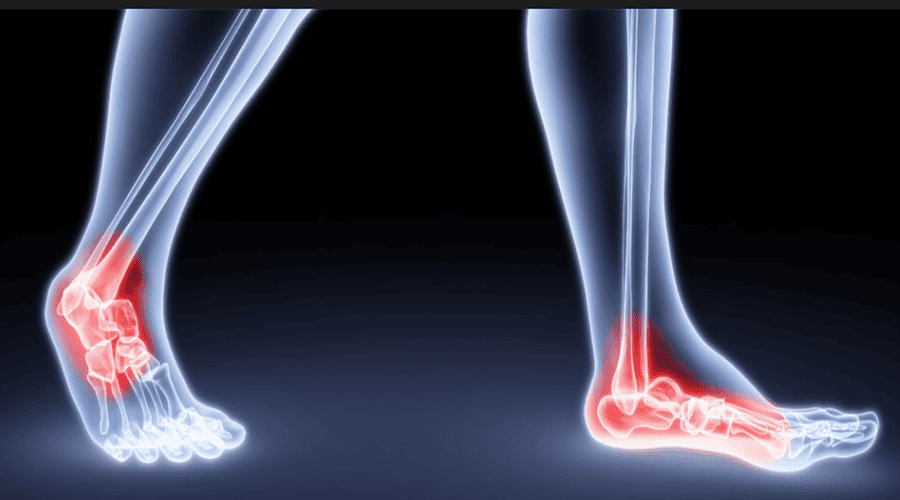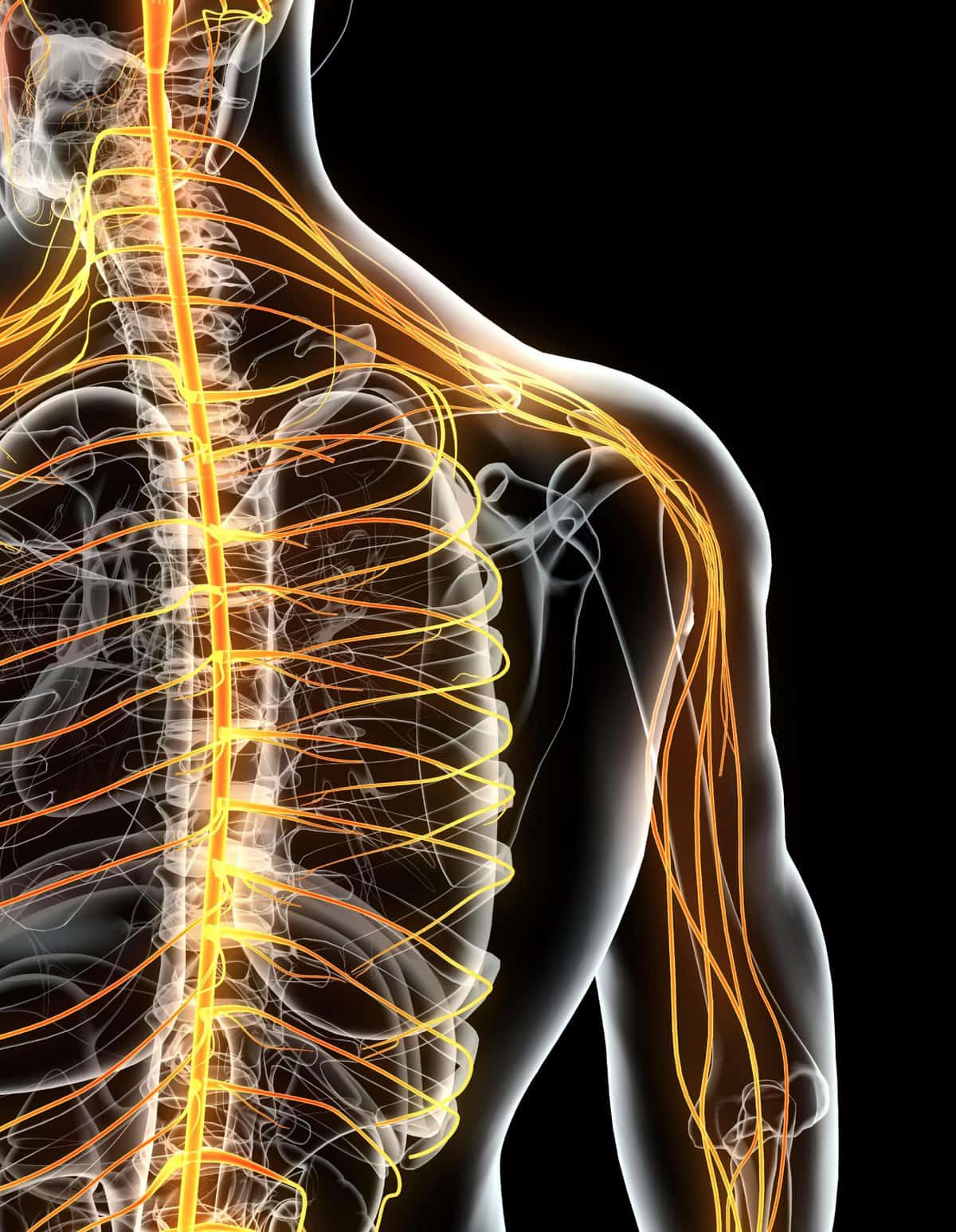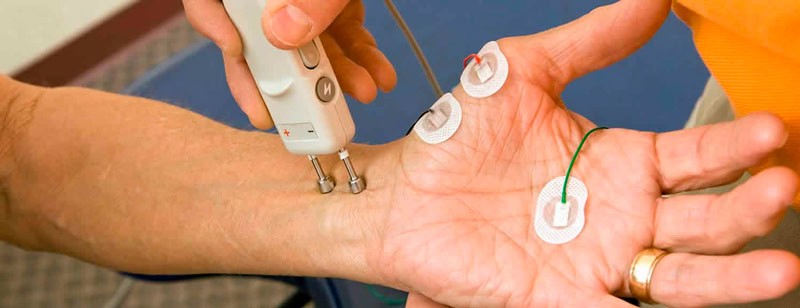
How Long Does a Nerve Conduction Study Take?
Wondering about the duration of a nerve conduction study (NCS) and what the process involves? Understanding the procedure and time commitment can help ease any anxiety and prepare you for

Wondering about the duration of a nerve conduction study (NCS) and what the process involves? Understanding the procedure and time commitment can help ease any anxiety and prepare you for

Before undergoing a pulmonary function test (PFT), understanding the significance of pre-test instructions, particularly regarding food intake, is crucial for obtaining precise results and ensuring the effectiveness of the test.

Sweating, often overlooked, holds vital clues about our health. Sudomotor function testing dives deep into sweat patterns, offering insights into nerve health and underlying medical conditions. Discover your health balance

The autonomic nervous system (ANS) is your body’s control system, largely unconsciously regulating functions such as heart rate, digestion, and blood pressure. When symptoms like sudden dizziness or erratic heart

Are you experiencing persistent tingling or numbness in your limbs? Understanding your body’s nerve health is crucial, and a nerve conduction study (NCS) might provide the answers. This test, fundamental

In the realm of beauty and self-care, laser hair removal has emerged as a popular choice for eliminating unwanted hair. While its effectiveness is widely acknowledged, questions surrounding its financial

Amid the advancements of conventional healthcare, a growing number of individuals are exploring the realm of alternative medicine, seeking treatments that extend beyond the typical medical procedures and pharmaceuticals. This

Discovering the right venue for health concerns, like unusual tiredness or weight fluctuation, can be perplexing. When these symptoms hint at a thyroid issue, you might wonder if urgent care

Many people turn to laser hair removal to achieve smooth, hair-free skin. But can this popular treatment also address hyperpigmentation, those pesky dark spots and uneven skin tone? If you’re